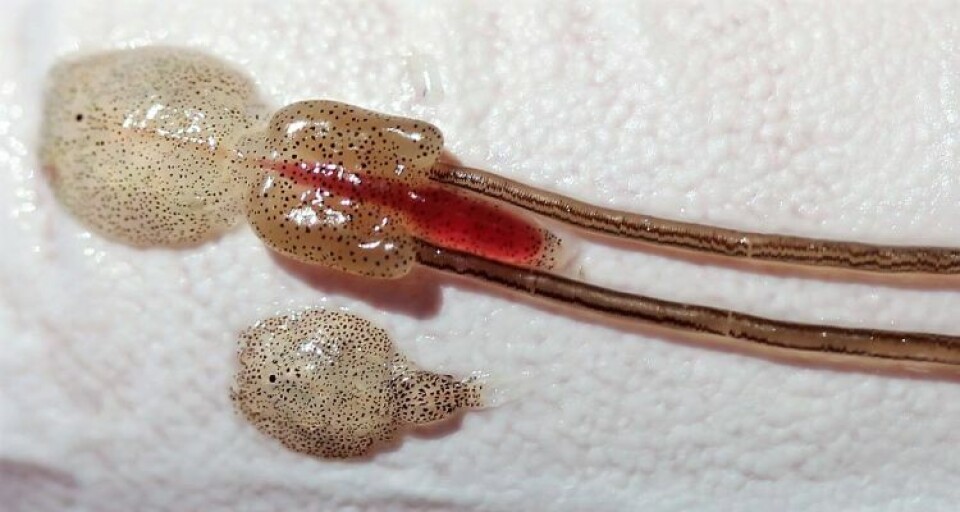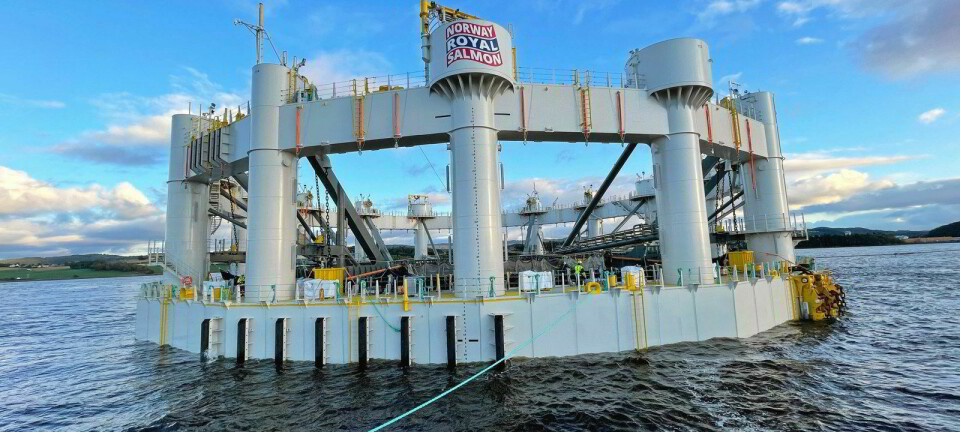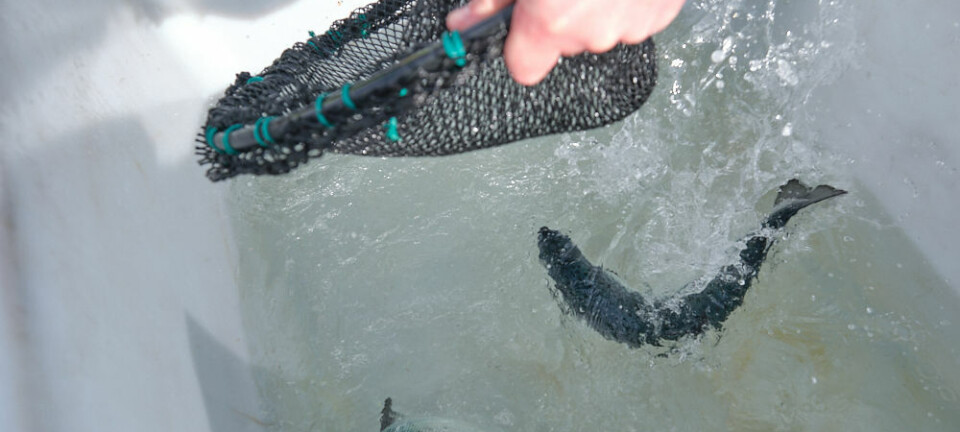
Project dives deeper into sea lice lives to target treatment more precisely
A study into the feasibility of enhancing sophisticated marine modelling software for more targeted control of sea lice is to take place.
Salmon farmer Scottish Sea Farms, Marine Scotland Science, Orkney-based land and sea consultancy Aquatera and the Scottish Environment Protection Agency (SEPA) will all contribute to the study by BMT Environment UK, a leading international design, engineering, science and risk management consultancy.
The company managing director, Matthew Roberts, said: “We are very excited to be part of this programme. BMT will deliver a feasibility study using innovative approaches, and use our proprietary software AquaDEEP to model biologically active sea lice dispersion, infection risk to farmed fish, sea lice response to bath treatment and its environmental impacts.”
AquaDEEP
In a press release, BMT said novel marine modelling techniques are needed to improve understanding of sea lice dispersion, infestation, the impact of chemical discharges on the marine ecosystem and benefits of targeted treatment methods if the industry is to reduce commercial risk from sea lice infestations while seeking to reach SEPA’s “beyond compliance” vision of sustainability.
BMT’s AquaDEEP, a fully integrated decision support system incorporating hydrodynamic, particle tracking, water quality and aquatic ecosystem software helps farmers make informed decisions on site selection and operational management practices, said the company.
It incorporates novel advancements in modelling bioactive sea lice dispersion, infestation and response to bath treatment in a coupled hydrodynamic and ecosystem software and will support industry operators and environmental regulators with optimising aquaculture production and minimising ecosystem impacts.
Maturation and motility response
“Together with our partners we will be enhancing the particle tracking module in AquaDEEP to incorporate sea lice maturation and motility response to environmental triggers as well as mortality from bath treatment,” said BMT.
“This tool will be used to target effective lice treatment practices and minimise environmental impact while reducing treatment costs and production losses, ensuring seafood security for years to come through sustainable farming practices.”
BMT said it has over 20 years of experience working with regulators and an expert understanding of regulatory requirements relevant to aquaculture and is the presently the go-to consultancy for the Western Australian Department of Fisheries.
Extensive knowledge
“Our knowledge of the environmental pressures and key cause-effect pathways relevant to aquaculture is extensive, as is our experience of best practice aquaculture environmental impact assessment (EIA) and operational management.”
The £50,000 financing for the feasibility study is from the UK Seafood Innovation Fund, administered by the Centre for Environment, Fisheries and Aquaculture Science (Cefas) on behalf of the Department for Environment, Food and Rural Affairs (Defra).























































